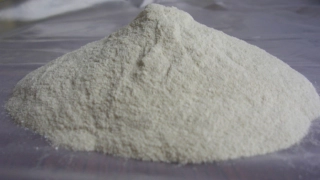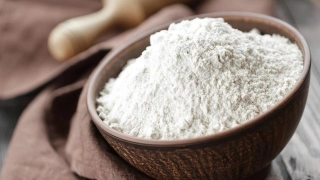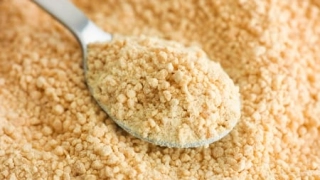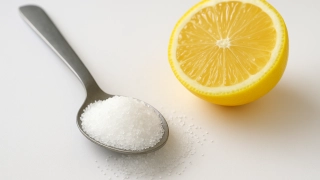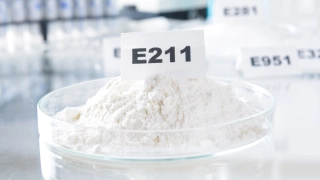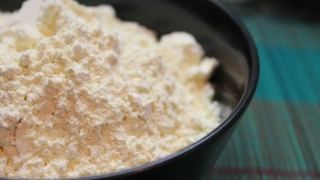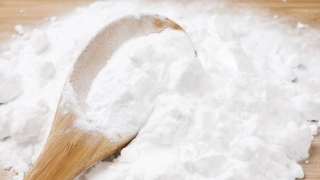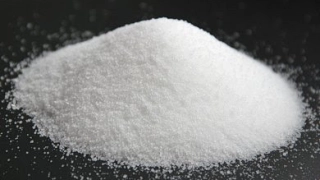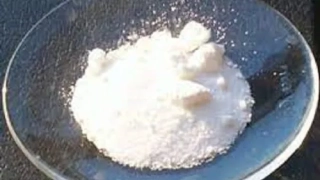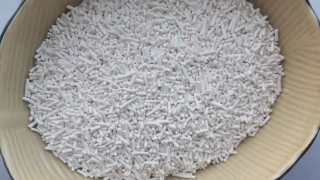Pectin (E440): Taste Profile, Aroma, Benefits and Health Risks
Pectin (E440) is a natural polysaccharide found in the cell walls of many fruits, especially apples and citrus. It is widely used in the food industry as a gelling agent, thickener, and stabilizer, particularly in jams, jellies, and fruit preserves.
Pectin is considered safe for most people and is non-allergenic. It is a natural dietary fiber derived from fruits, suitable for children, adults, vegetarians, and vegans.
What does Pectin (E440) taste like?
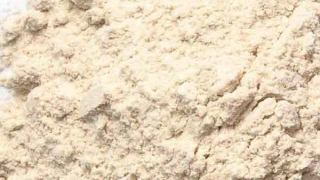
Complete Sensory Description
Taste: Pectin itself is virtually tasteless in the amounts used for food preparation and does not alter the flavor of finished products.
Aroma: Odorless in pure form and does not influence food aroma.
Texture: Key for its ability to create a gel-like, smooth, and spreadable texture, making jams and jellies firm yet yielding.
Appearance: White to light brown powder in its pure form; invisible when dissolved or incorporated in foods.
In-depth Flavor Analysis
Pectin functions at a molecular level by binding with sugars and acids to form a stable gel network. It does not contribute to flavor but dramatically impacts texture, mouthfeel, and consistency. The firmness and smoothness of a fruit preserve or jelly largely depend on the type and concentration of pectin, as well as the sugar and acid content in the recipe.
Varieties and Culinary Applications
Pectin is used primarily in:
-
Jams, jellies, and marmalades
-
Fruit fillings and spreads
-
Confectionery and dessert gels
-
Yogurts and some dairy products
-
Low-sugar and sugar-free preserves
There are two main types of pectin used in food: -
High-methoxyl pectin: Requires sugar and acid to set and is traditional for standard jams and jellies.
-
Low-methoxyl pectin: Sets in the presence of calcium, making it suitable for low- or no-sugar products.
Selection and Storage
Pectin is available as a dry powder or liquid concentrate for home and industrial use. Store tightly sealed in a cool, dry place. Once opened, protect from moisture to prevent clumping and loss of gelling ability.
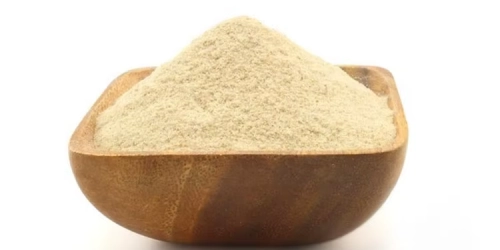
Nutritional Insights
Pectin is a soluble dietary fiber and, when consumed in significant amounts, can support digestive health, help regulate blood sugar, and contribute to satiety. In foods, however, it is typically present in small quantities that do not make a major nutritional impact.
Expert Insights & Culinary Tips
-
Food technologists use pectin to achieve consistent gelling and stability in preserves.
-
Chefs appreciate it for allowing creative textures in desserts and fruit preparations.
-
For best results, follow specific recipes and proportions; overcooking can break down pectin and reduce gelling power.
Interesting and Curious Facts
-
Pectin was first commercially extracted from apples in the early 20th century.
-
Some modern medicines use pectin to deliver drugs or soothe digestive upsets.
-
The “set” of a jam or jelly is a traditional test of a cook’s skill, often determined by the quality of pectin in the fruit.
Harm and Dietary Considerations
Pectin is safe for most people when consumed in normal amounts. Excessive intake may cause mild digestive discomfort, such as gas or bloating, in sensitive individuals. No allergenic or toxic effects have been documented.
Religious Dietary Considerations
Pectin is plant-derived and is suitable for Halal, Kosher, vegetarian, and vegan diets.
Final Thoughts & Sensory Journey
Pectin (E440) brings delightful texture and structure to jams and jellies, letting natural fruit flavors shine while providing a clean, satisfying mouthfeel.
Resources
Belitz, H.-D., Grosch, W., & Schieberle, P. (2009). Food Chemistry (4th Edition). Springer. ISBN: 978-3540699330
Branen, A. L., Davidson, P. M., & Salminen, S. (2001). Food Additives (2nd Edition). Marcel Dekker. ISBN: 978-0824704382
Fennema, O. R. (1996). Food Chemistry (3rd Edition). Marcel Dekker. ISBN: 978-0824793546
